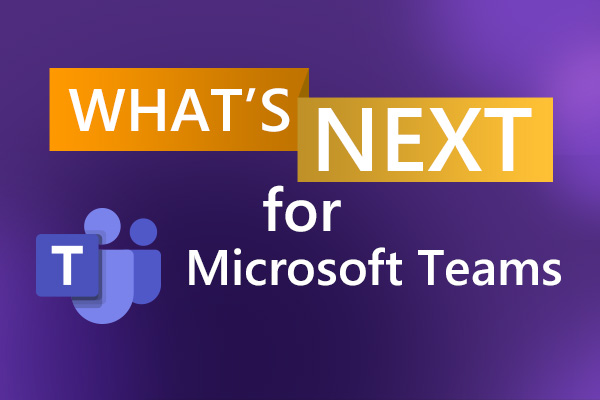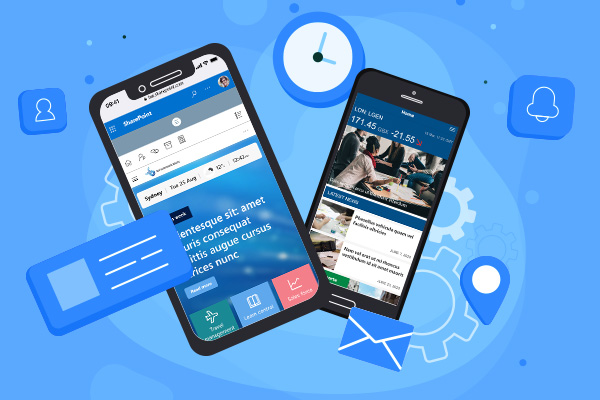
Microsoft Teams consulting – 8 services we could help you with
Microsoft Teams looks set to be the main pillar of many digital workplaces for years to come. We provide comprehensive advice on different aspects of MS Teams. If you need support and advice on Teams, get in touch!


